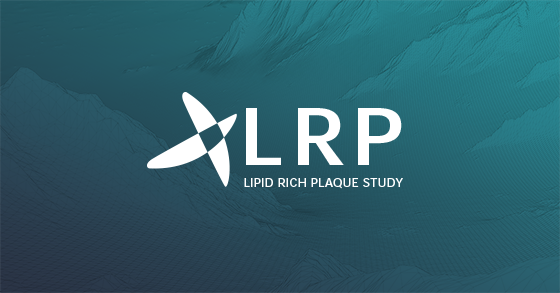Near-Infrared Spectroscopy Predicts Cardiovascular Outcome in Patients with Coronary Artery Disease
Oemrawsingh RM, Cheng JM, García-García HM, et al
CONCLUSION:
CAD patients with an LCBI equal to or above the median of 43.0, as assessed by NIRS in a nonculprit coronary artery, had a 4-fold risk of adverse cardiovascular events during 1-year follow-up.
J Am Coll Cardiol. 2014 Dec 16;64(23):2510-8.




